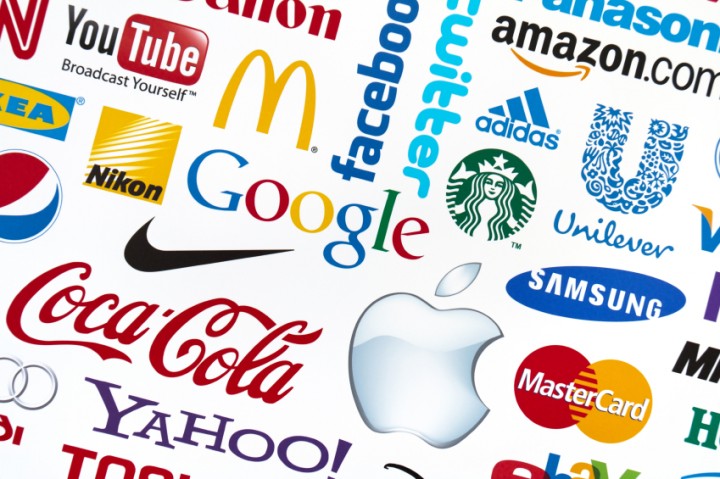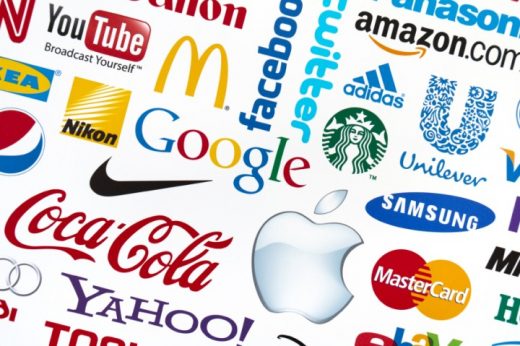Why Brands Are Losing To Transparent Products
by Sarah Mahoney@mahoney_sarah, January 12, 2017

America’s appetite for healthier products shows no sign of slowing down, and new research from Nielsen says it’s changing the way we shop for food: Transparent products are on the menu. The market research company says conventional food products have lost 2.6 percentage points in market share to products with perceived acceptable ingredients, like those with less sugar, salt, corn syrup, gluten or GMOs.
“Consumers are actively and proactively taking charge of their health,” says Andrew Mandzy, director of strategic insights for Nielsen’s health and wellness group, in a webinar. And that, he says, “is having significant impact on the entire store.”
For example, 49% of consumers say they are making a conscious effort to eat more fruits and vegetables, while 52% are taking vitamins or supplements. And more are following a specific restrictive diet, such as eliminating sugar or gluten, a set exercise program, and meditating.
For retailers, catering to these health concerns is key, especially with sales of consumer packaged goods expected to continue to sputter. Nielsen predicts an increase of just 1% this year, compared to strong gains in better-for-you products. It says sales of goods labeled organic rose 14% last year, while those without high-fructose corn syrup gained 7%.
That high demand for transparency extends well beyond food, including personal care—think natural mouthwash, moisturizers and lip balm—and household products, such as better-for-the-planet laundry detergent.
He explains that both retailers and marketers are missing out on growth opportunities by continuing to view only certain angles of the wellness trend, without taking in the whole picture and its impact on supermarkets.
“The number of people with chronic ailments is driving growth,” he says. Take diabetes: A person with this condition takes, on average, 5.2 prescription medicines. But they also spend more in personal care, including foot and eye remedies; in center store, especially with such items as reduced-sugar and low-glycemic products, and in produce, where they over-index on fresh strawberries and bagged salad.
Consumer concerns about healthcare costs are also shaping behavior, with 43% saying lowering their out-of-pocket costs is the most important change they’d like to be able to make. Some ways they’re doing that include asking doctors to prescribe less expensive medicines (27%), taking a medication less often than directed (21%) and taking a cheaper OTC alternative to a prescription (20%).
MediaPost.com: Search Marketing Daily
(33)


